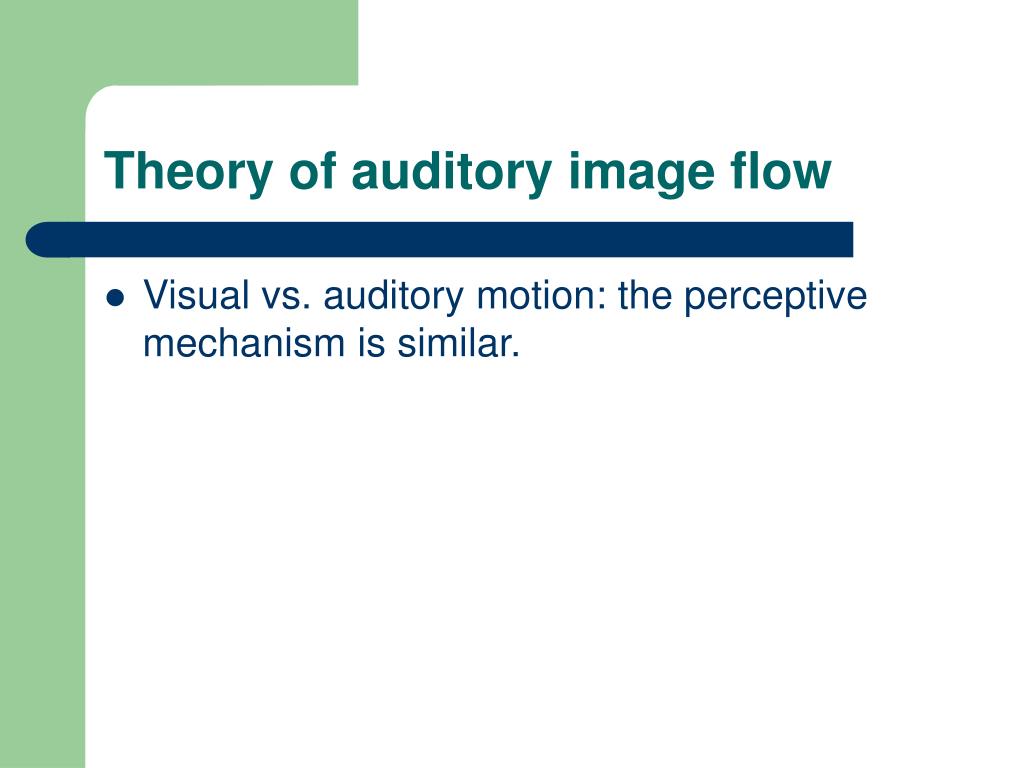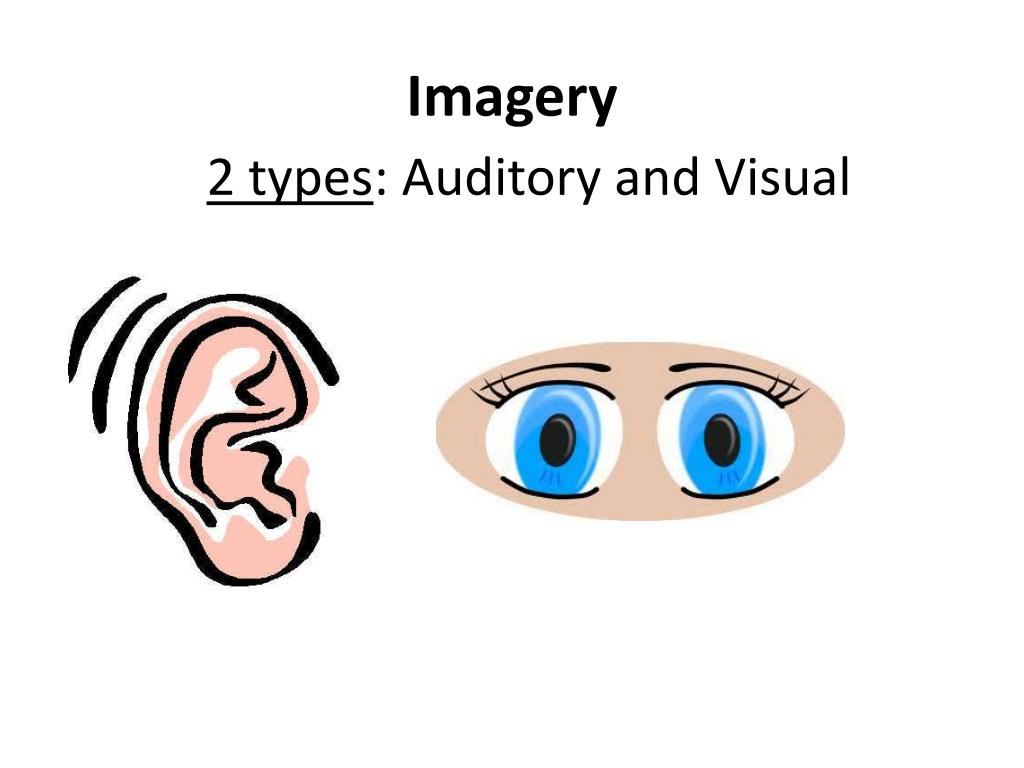

These studies have been able to recently gain confirmation and recognition due to the arrival of Positron emission tomography and fMRI scans that can confirm a physiological and psychological correlation. Anecdotal evidence has suggested that musical notation can trigger auditory images. Through all of the research developed to understand auditory imagery behavioral neuroscientists have found that the auditory images developed in subjects' minds are generated in real time and consist of fairly precise information about quantifiable auditory properties as well as melodic and harmonic relationships. The vividness and detail of auditory imagery can vary from person to person depending on their background and condition of their brain.
#SUBVOCALIZATION VERSUS AUDITORY IMAGERY SERIES#
This modality of mental imagery differs from other sensory images such as motor imagery or visual imagery. is to understand the nature of the auditory representations evoked in imageryhow they are generated, consulted, scanned / describe our initial work in this area, a series of studies which drew our attention to the role of subvocalization in auditory imagery / summarize the results of other, more recent, experiments.

The results confirm that subvocalization accompanies auditory hallucina- tions in schizophrenic patients. This form of imagery is broken up into a couple of auditory modalities such as verbal imagery or musical imagery. The activity of vocal musculature increases. We consider the breadth of the partnership between the inner ear and inner voice, the level that subvocal rehearsal occupies in the cognitive system, and the functional neuroanatomy of the phonological loop system.Auditory imagery is a form of mental imagery that is used to organize and analyze sounds when there is no external auditory stimulus present. : the act or process of inaudibly articulating speech with speech organs. For example, evidence of a strong motor-kinaesthetic component to subvocalization comes from the observation that both finger tapping and phoneme repetition disrupt auditory imagery tasks requiring judgments about silently imagined words. In a fifth experiment (making homophone judgements), subjects hardly even needed to subvocally rehearse, a result suggesting that homophone judgements rely on some direct route from print to phonology. In this case they may have consulted articulatory or kinesthetic cues instead. Reisberg, The role of sub- vocalization in auditory imagery. In a fourth task (distinguishing voiced and unvoiced consonants in imagery), subjects still subvocally rehearsed, but seemed to need no additional phonological store to respond correctly. Apparently subjects subvocally rehearsed the imagery material, which placed the material in a phonological store that allowed the imagery judgement. In three tasks (reinterpreting ambiguous auditory images, parsing meaningful letter strings, scanning familiar melodies) subjects relied on a partnership between the inner ear and inner voice, one similar to the phonological loop system described in the short-term memory literature. That is to say, we could speculate that subvocalization is always present, with more or less con- stant intensity, but that it is reliably relegated outside. In three tasks (reinterpreting ambiguous auditory images, parsing meaningful letter strings, scanning familiar melodies) subjects relied on a partnership between the inner ear and inner voice, one similar to the phonological loop system described in the short-term memory literature.

7 8 EMG can be used to show the degree to which one is subvocalizing 6 or to train subvocalization suppression. Five experiments explored the utility of subvocal rehearsal, and of an inner-ear/inner-voice partnership, in tasks of auditory imagery. 2 Techniques for studying subvocalization Subvocalization is commonly studied using electromyography (EMG) recordings, 6 concurrent speaking tasks, 7 8 9 shadowing, 7 and other techniques.


 0 kommentar(er)
0 kommentar(er)
